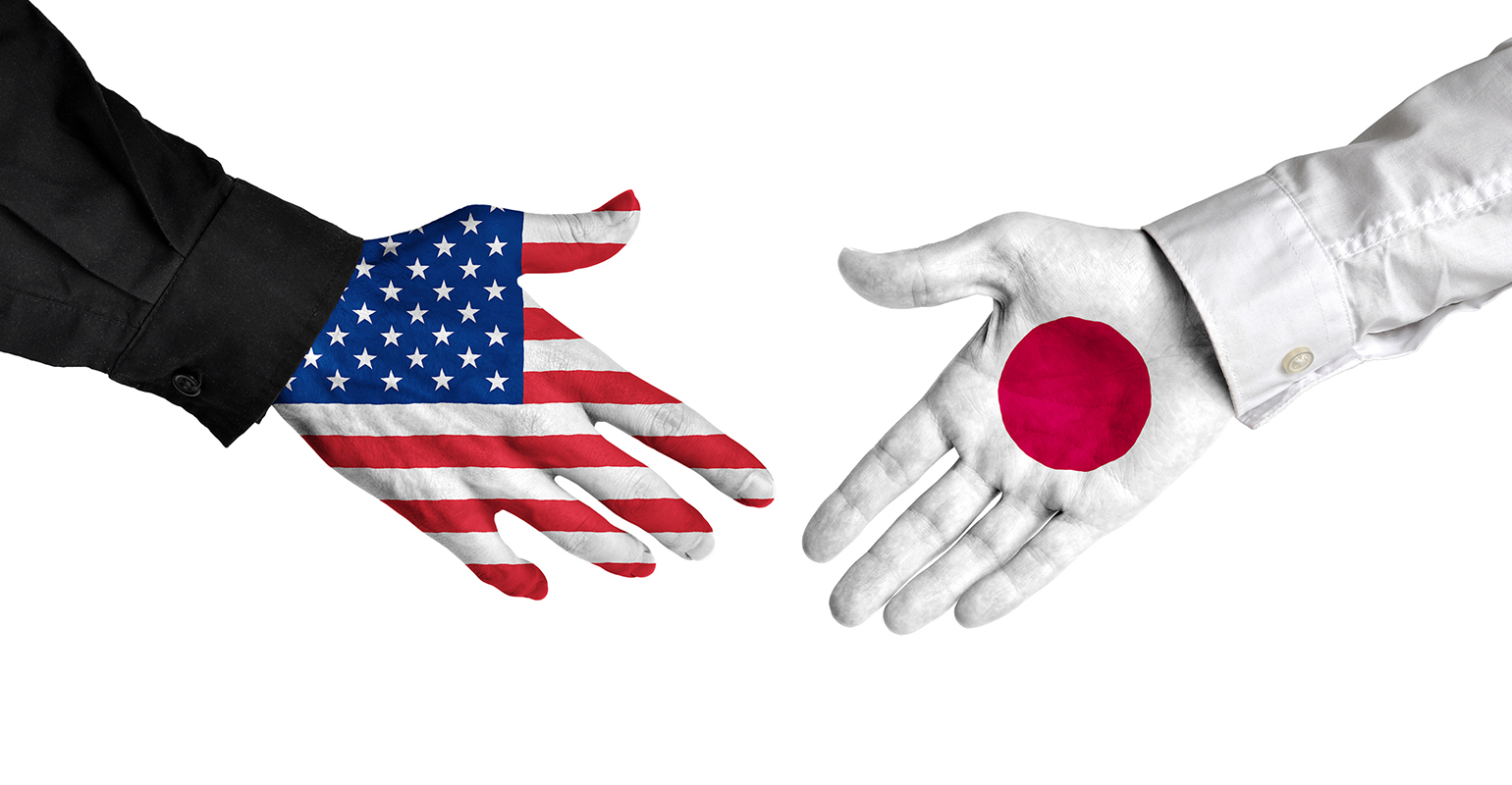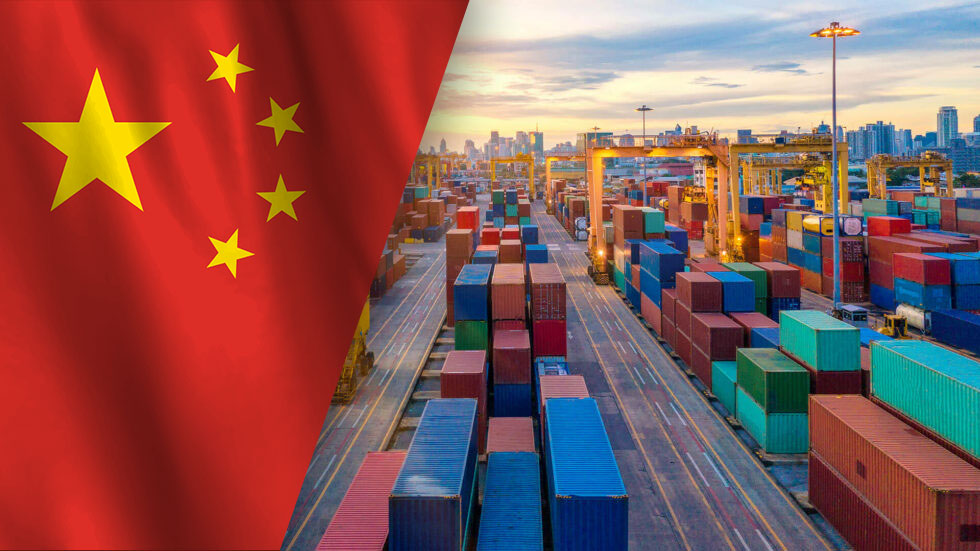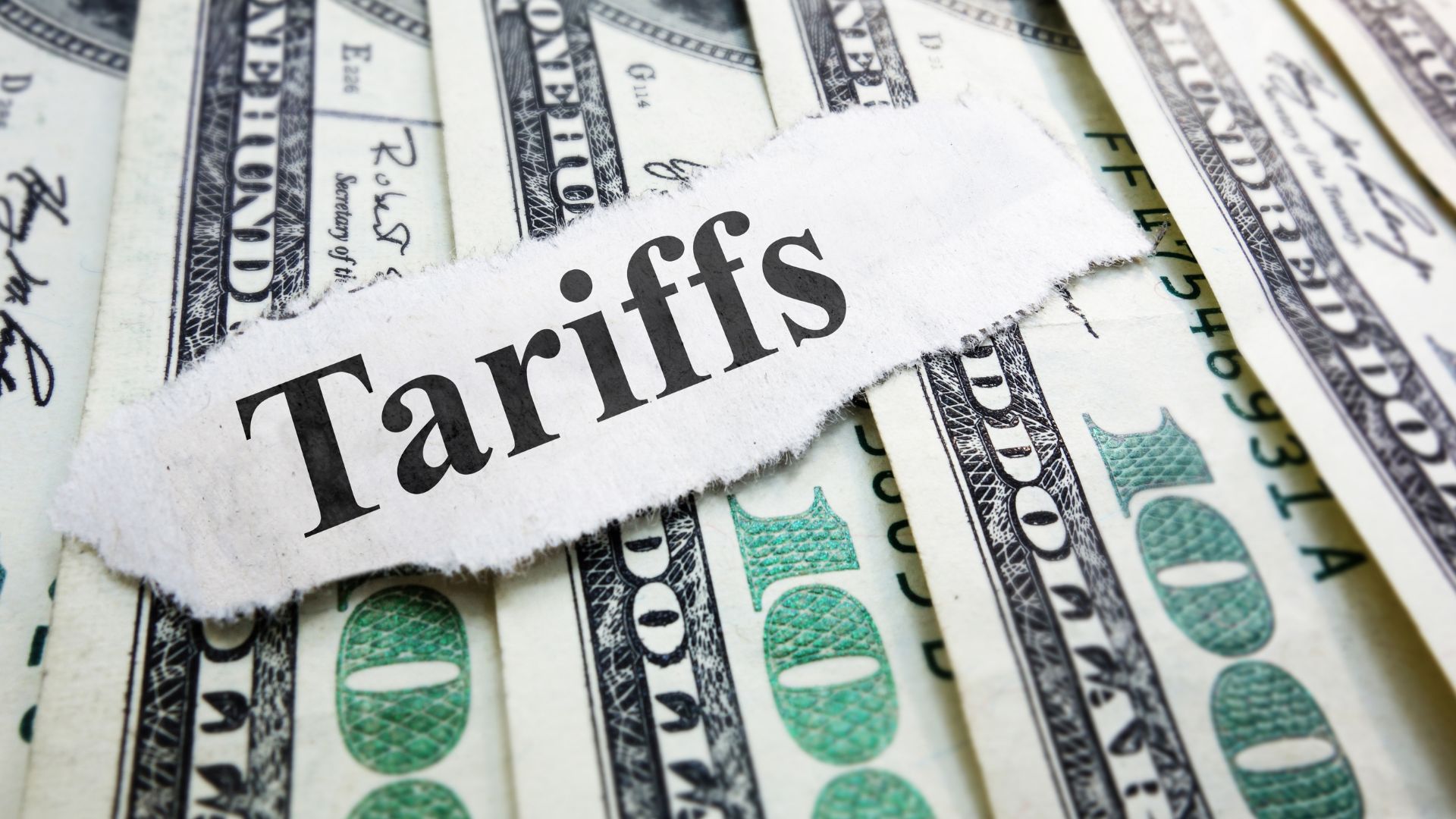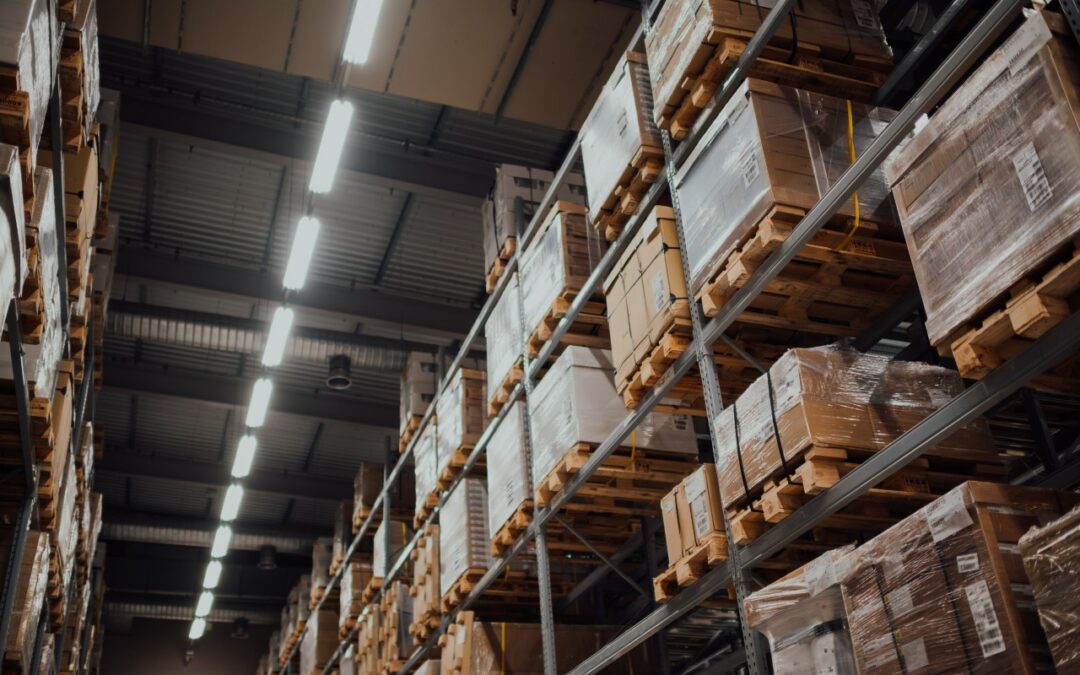Over the past two years, all eyes have been on China when it comes to trade. The loud saber-rattling from the trade war has made for big headlines and bigger duty tallies, but apart from this major story, the US has been negotiating with its other major partner in Asia and third-largest economy, Japan.
The US-Japan Trade Agreement has been agreed to weeks ago and focuses on many of the issues that were left unaddressed when the United States pulled out of talks to implement the Trans-Pacific Partnership in 2017. Largely, it focuses on agricultural imports and exports between the two countries, with Japan lowering much of its high tariffs on US farm goods to open new markets.
In turn, Japanese exports to the United States of manufactured products like machine tools are being greatly reduced or eliminated. Surprisingly, tariffs will remain on Japanese automobiles, one of the largest industries in Japan. While this part of the agreement remains to be worked out, it doesn’t appear that they will be reduced.

The law is slated to be implemented and approved in Japan early in 2020, and so could be a quick boon to US farmers that have been feeling the punch of worldwide trade woes. The tariffs will be reduced in stages, and so exports could increase as the years go on.
Situations with trade worldwide will continue to evolve rapidly, as the trade-focused Trump administration puts its mark on international relations. The best way for any importers and exporters can stay on top of these changes is to have a compliance-focused broker like JM Rodgers. We can help you work through ways to comply with and get refunds from new trade rules- simply contact us at JMRodgers.com





